Victor Classic Hi-Pro Plus, All Life Stage, Dry Dog Food
One of our top selling formulas, VICTOR CLASSIC Hi-Pro Plus Dry Dog Food is a nutrient-dense, multi-meat formula packed with high levels of quality protein to support the nutritional needs of growing puppies, pregnant and lactating females, and high-performing dogs. with scientifically advanced and nutritionally complete ingredients, this dry dog food promotes sustained energy and healthy immune and digestive systems.
One of our top selling formulas, VICTOR CLASSIC Hi-Pro Plus Dry Dog Food is a nutrient-dense, multi-meat formula packed with high levels of quality protein to support the nutritional needs of growing puppies, pregnant and lactating females, and high-performing dogs. with scientifically advanced and nutritionally complete ingredients, this dry dog food promotes sustained energy and healthy immune and digestive systems.
- Nutrient-dense high protein dry dog food recipe made with premium-quality beef, chicken, pork and fish meals
- Excellent for dogs that need high levels of quality protein, like growing puppies and pregnant or nursing females
- Provides sustained energy for sporting dogs and dogs with high physical demands
- Promotes healthy immune and digestive systems
- Fortified with vitamins, minerals, essential fatty acids, protein and amino acids
- Made from gluten free grains
- Created with our proven VPRO Blend of ingredients an exclusive mix to promote superior digestibility, immune system function, and healthy skin and coat
VICTOR CLASSIC Hi-Pro Plus Dry Dog Food is formulated to meet the nutritional levels established by the AAFCO Dog Food Nutrient Profiles for All Life Stages, except for growth of large size dogs (70 lb. or more as an adult).
Additional information
| Country of Origin | Made in USA |
|---|---|
| Breed Size | Extra Small, Small, Medium, Large, Extra Large |
| Flavor | Beef |
| Life Stage | All Life Stages |
| Primary Flavor | Chicken, Fish, Pork, Beef |
| Manufacturer Part Number | 2374 |

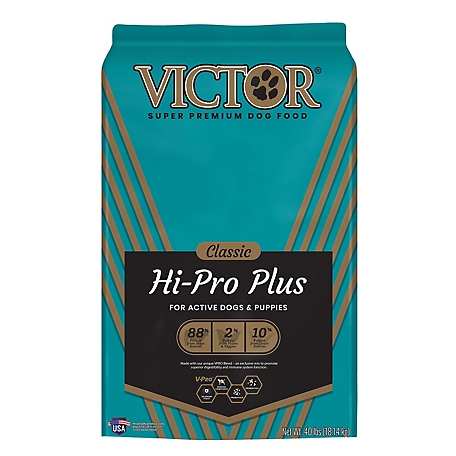

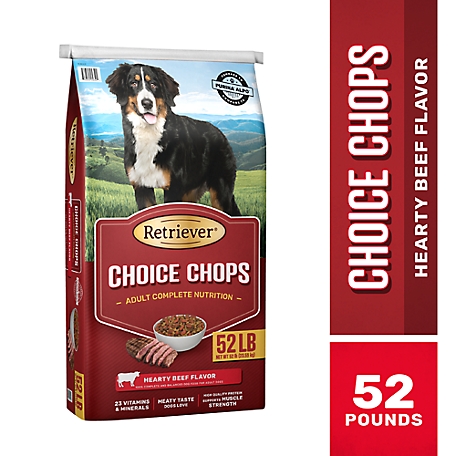
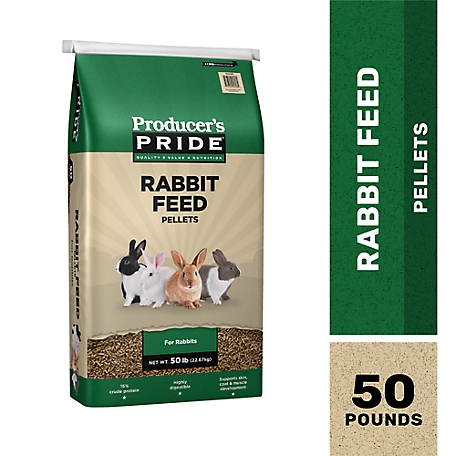
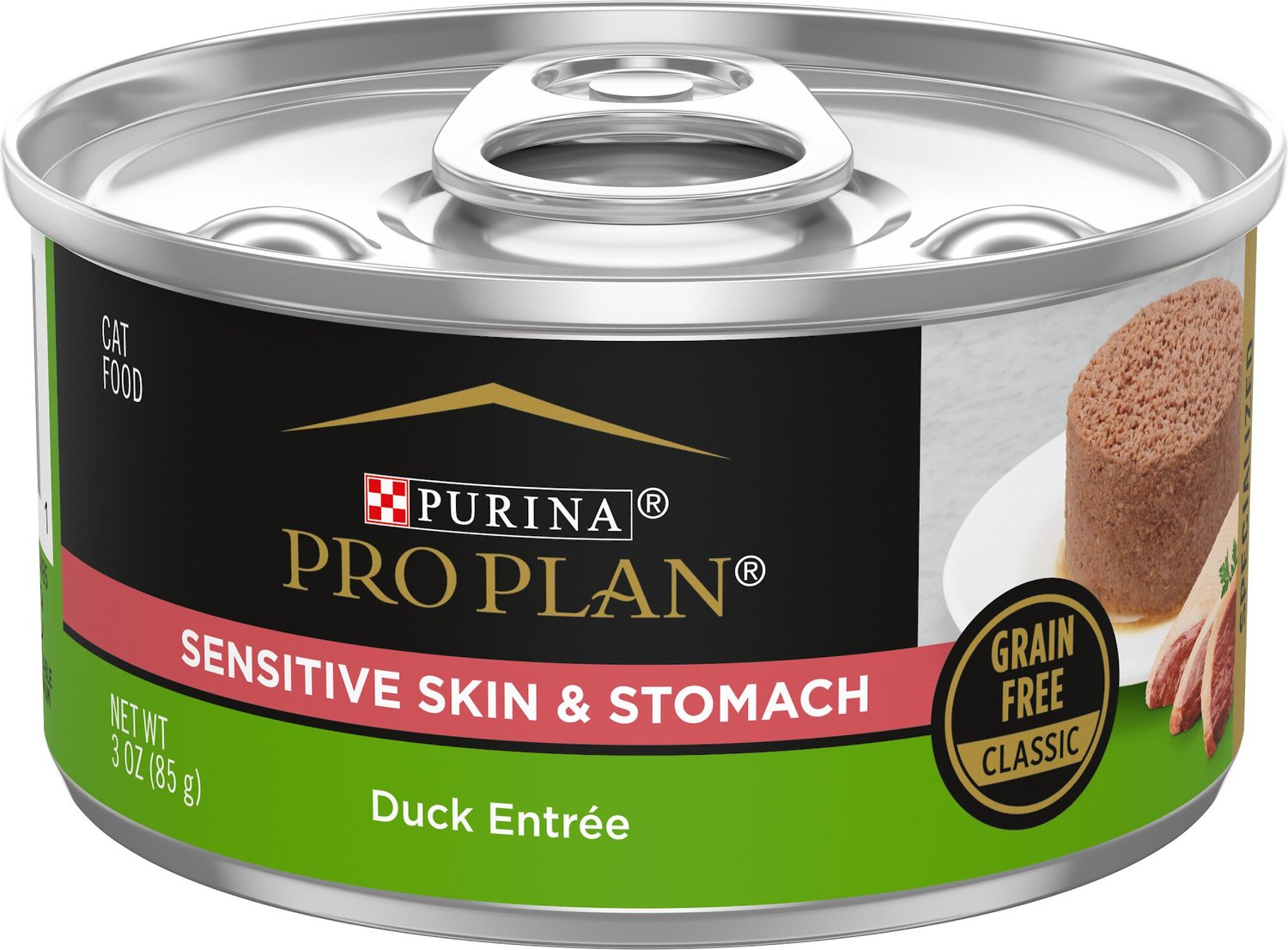
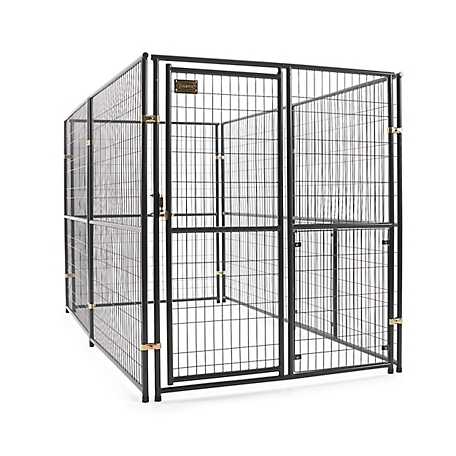
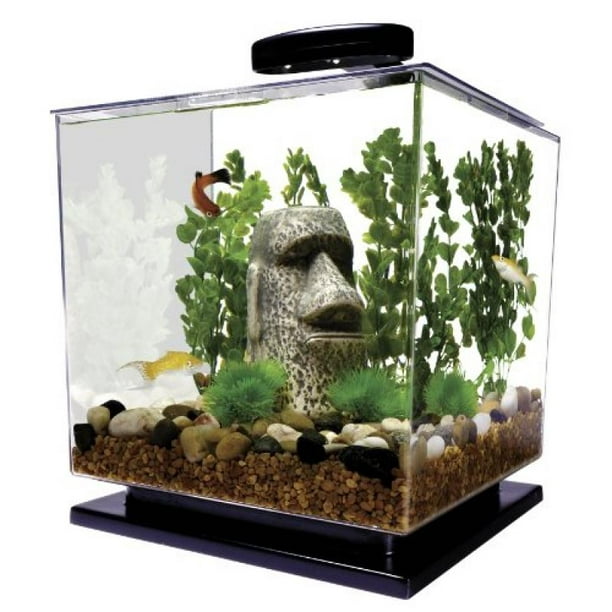
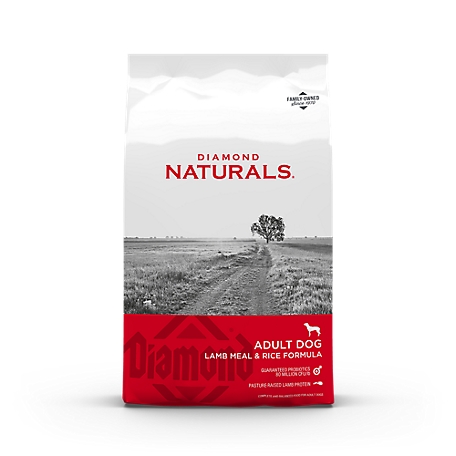
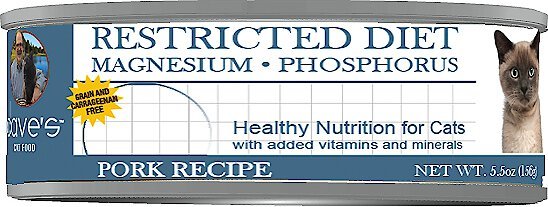

by Farmer
My dogs do great on Victor! The Hi-Pro Plus is awesome for my active Catahoulas!
by Jord
searching for a food that does not contain peas or legumes and found this brand. my dog has almost completely stopped chewing her paws and behind. a friend of mines dog i was dog sitting also has reduced eye tear stains and less chewing so shes switched to this food as well.
by Voodoo
Hands down has to be one of the better brands out on the market when it comes to nutrition and protein content. Very reasonably priced and my dog loves it.